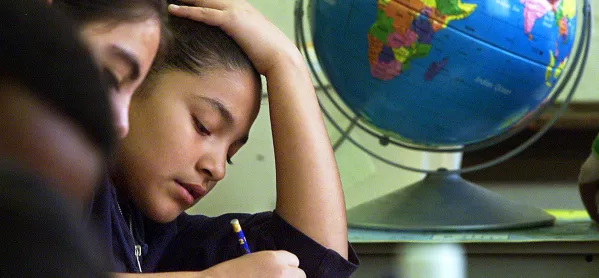- Home
- IB achieves worldwide growth with entries up by a fifth
IB achieves worldwide growth with entries up by a fifth

The number of candidates sitting International Baccalaureate Diploma examinations has increased by 18 per cent over the past five years, according to statistics released by the International Baccalaureate Organisation.
More than 166,000 candidates sat IB Diploma Programme (IB DP) examinations in the May 2019 session, compared with 140,919 in May 2015.
Candidate numbers have been growing steadily over the past three decades: in 1990, only 13,122 candidates took the IB Diploma.
IB Diploma and A levels: the key differences
Exclusive: Teacher supply a global issue, says IB boss
Curriculum: How the IB is changing its theory-of-knowledge course
There has been a corresponding rise in the number of schools offering the Diploma, which caters for 16- to 18-year-olds. In 2015 candidates from 2,310 schools took the qualification. By last year this figure had risen by more than a quarter (27 per cent) to 2,926 schools in 144 countries - a big jump from the 301 schools that entered in 1990.
Haif Bannayan, director of outreach and conferences at the IB, said: “The International Baccalaureate is in continuous growth in all regions of the world, with more than 1.8 million students attending over 5,000 IB World Schools in 153 countries.
In particular, Mr Bannayan said, more schools in Africa, Europe and the Middle East had applied to become IB schools.
Rise of the International Baccalaureate
In the May 2019 exam session, IB candidates represented a total of 211 nationalities and spoke 180 first languages.
The majority of candidates were from the Americas (66 per cent), while 11 per cent were in the Asia Pacific region, while Africa, Europe and the Middle East split the remaining 22 per cent.
In absolute terms, the Americas have shown the largest growth, gaining 13,441 candidates since 2015 (a 14 per cent increase), while Asia Pacific added 4,552 (up 30 per cent) and Europe, Africa and the Middle East 7,553 (up by 26 per cent).
Girls were slightly overrepresented across the board, taking up 56 per cent of the total IB entries.

The IB schools
There was an almost exactly equal split between the private and state sectors in IB participation, accounting for 50.27 and 49.73 per cent respectively of the total number of schools using the Diploma.
Just over half of IB schools - 51 per cent - were in the Americas, while 33 per cent were in Europe, Africa and the Middle East, and 16 per cent in the Asia Pacific region.
The Americas have gained the largest number of schools since 2015, adding 297 institutions offering the IB Diploma. The other two macro regions gained 187 and 132 IB schools respectively.
Andy Puttock, group education director at Nord Anglia Education, a group of 66 private international schools in 29 countries, told Tes that the popularity of the IB programmes had been increasing among students and parents.
‘A passport to the world’s top universities’
”As a result, over 50 per cent of our schools now offer the IB Diploma; equating to 1,300 students and a pass rate of over 94 per cent,” Mr Puttock said.
“The IB Diploma is valued for a number of reasons, one being its status as a passport to the world’s top universities. Our students also value its breadth and rigour, which prepares them extremely well for the future.”
The Nord Anglia schools also offer other qualifications, for example A levels, Swiss Maturité, French Baccalauréat and Indian CBSE.

In South Africa, there is growing interest in the IB programme, but schools are adopting a “wait and see” approach or opting to implement parts of the programme in their junior phases only, the IB DP coordinator at Redhill School, Michele Marnitz, told Tes.
Redhill, a private school in Johannesburg, implemented the IB Diploma Programme in 2018, and will see its first IB class graduate this year.
“There has been a definite increase in the number of families wanting to register for the IB Programme at Redhill School, largely because it offers a choice around mobility,” Ms Marnitz said.
The school offers both the South African IEB exam and the IB Diploma.
“This dual curriculum does have financial implications,” Ms Marnitz adds. “Which is another reason why many schools are taking a more cautious approach in South Africa’s current economic climate.”
The examinations
Students globally took a total of 631,416 IB Diploma examinations in the May 2019 session.
The most popular topic for the extended essay - a self-directed piece of research culminating in a 4,000 word essay - was history.
The IB Diploma is the largest programme offered by the International Baccalaureate Organisation by number of students enrolled.
Keep reading for just £1 per month
You've reached your limit of free articles this month. Subscribe for £1 per month for three months and get:
- Unlimited access to all Tes magazine content
- Exclusive subscriber-only stories
- Award-winning email newsletters



